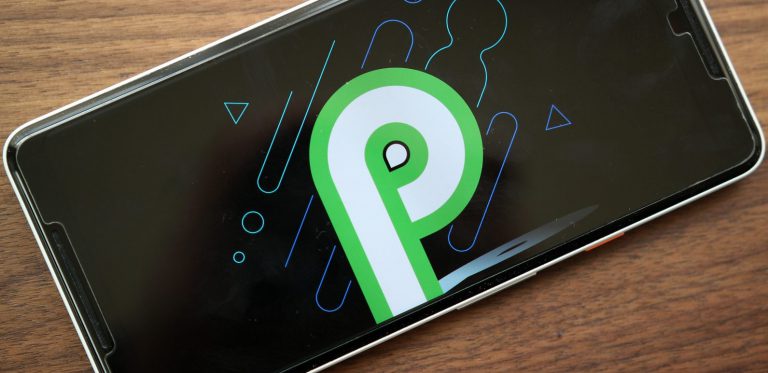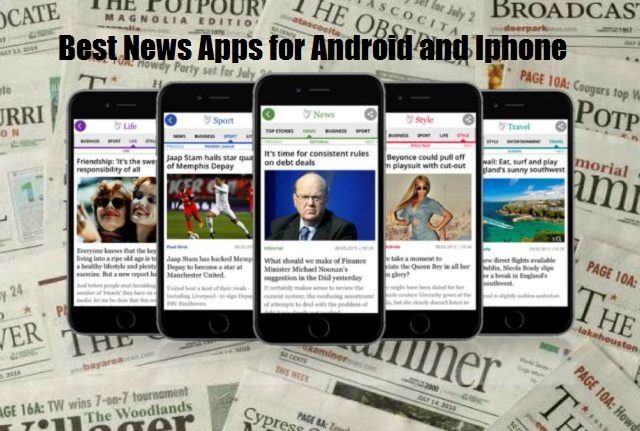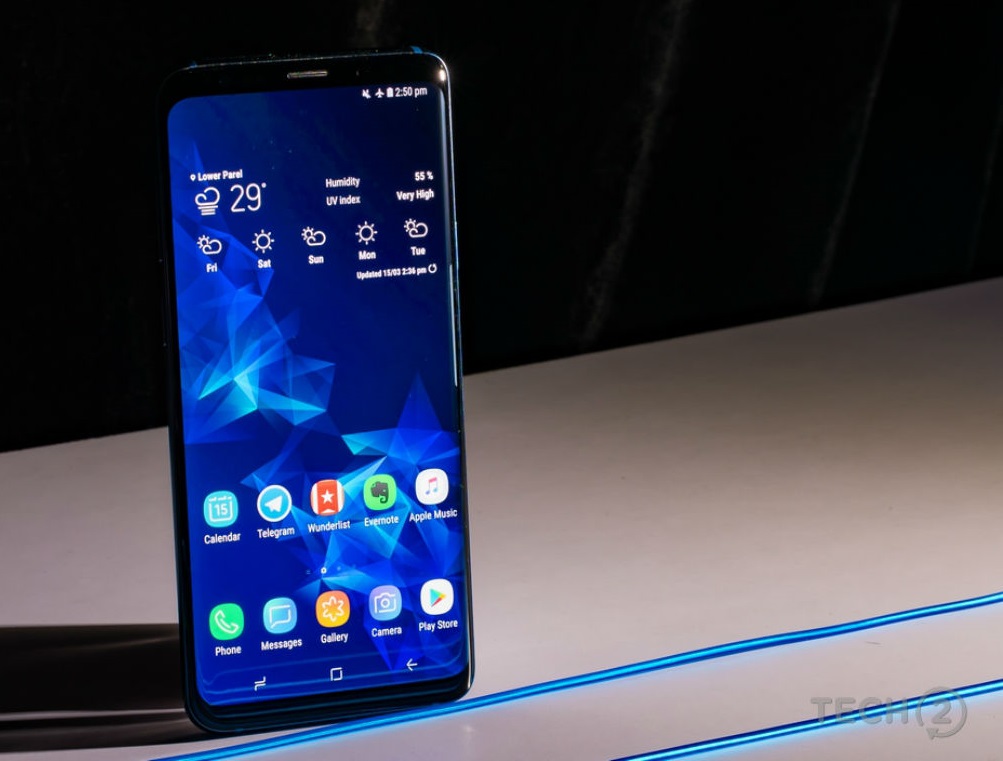Google is reimagining and re-designing the very new update to fit the exact user and satisfy and cater to the needs of every android user. The most versatile brand, Google, emerged to make the user interface more intuitive and friendly. It means that Google is preparing to help apps work more seamlessly on phones.
The latest Android Operating System (OS) from Google will be Android P i.e. the ninth version of the android family. Android P Beta has released for the app developers which anyone can download and use. As we know every child or every major release of the android operating system is named after something sweet. What sweet will the new child be named after? Yet no name has been set but theories and rumours go around of what Google will name Android P.
The Google play store has millions of apps and we don’t know what exist in that bag of google store. On searching I came to pass on by few interesting apps like an app related to travelling – makemytrip, even app related to online shopping – Flipkart and so on… Google is making life easier and with every new update its getting more alluring and highly intelligent.
The Android P Beta was launched on 11th of May, 2018. Google launched the early preview of the android P for the testing of the OS in early march. The new beta version of android works with most of the upcoming latest phones. Phones include Google Pixel phones, Nokia phones, Oppo phones, Vivo phones, OnePlus phones, Xiaomi phones, Sony phones, etc. Its obvious that the latest version will debut with its parent mobile phone with Google Pixel 3 and its mostly suspected to launch in the month of October.
Google has redesigned its new OS with tonnes of tweaks and improvements which will flag with the new update. Few major changes worth considering are,
- Adaptive Battery:
The most important factor to run your phone is the battery, which works as the food for your phone. Android P is designed to give you a better battery experience which includes on device machine learning to understand your usage of apps and which apps you will be using for next few hours and closing background processes of the apps which you will not be using. The smart usage of CPU will result in 30% of reduction of the apps.
- Adaptive Brightness:
Google being more perfectionist feels that the current brightness settings are not that efficient. With that in mind, introducing the new adaptive brightness setting, which will be more sensitive and will be based on both the environment and the learned behaviour. Google claims that 50% of the user who is using this new adaptive brightness setting has stopped using the manual setting to adjust the brightness.
- App Actions:
Google is now introducing more prediction tools which will help to reduce the work. Previously there was a row of apps on the top which shows the most frequently used apps. But now with machine learning, the app actions have gone to next level which will predict what will you do next base on your previous use and experience and it will tell you few certain next steps which you generally do. For example, it will open the particular list that you play every day at a specific time.
- App Slices:
It is again a time reducing and effort reducing update which will help the user to do more in less time. Let’s say, if you are searching for something on google search, you will get app slices. If you are using any ride hailing app, it will show app slices on the app in app drawer which will show your most common visit to help you book a cab to destination without going in the app menus.
- Volume Slider:
The Volume Slider has moved again. And it has shifted to the right bottom corner of the screen which makes more sense. While you use your phone it is the nearest spot and it will help the user to reduce the strain of changing the holding position and use of volume keys.
With the help of simple, intelligent and digital well-being interface, google is changing the way a user uses their phone and with upcoming more new features and updates it is taking the technology to a new level.




